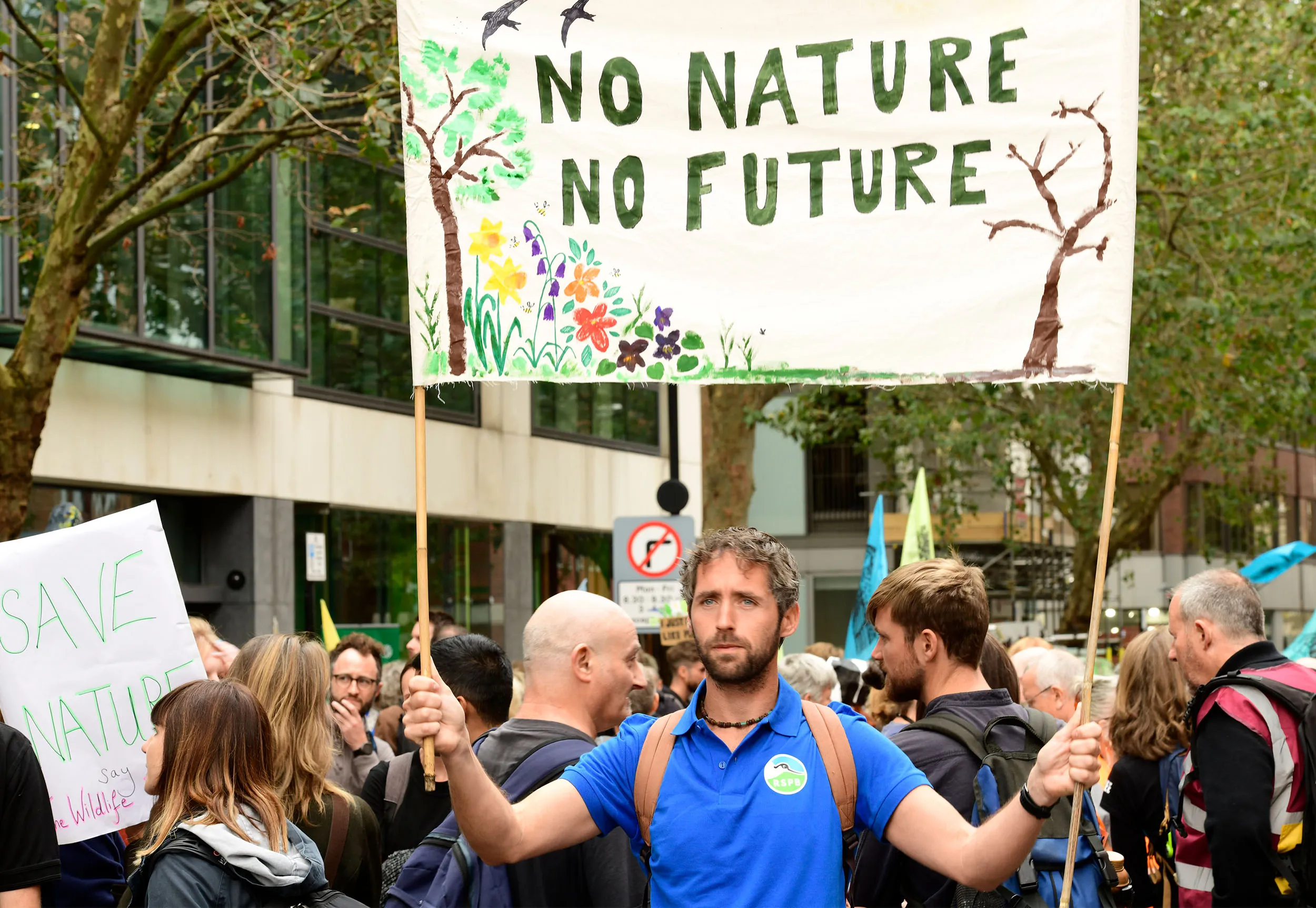Advice
All about volunteering
At the RSPB, there are so many ways you can volunteer and take action to help save nature. Here you’ll find lots of help...
This guide should help you organise an event that’s truly inclusive, welcoming, and impactful. Sure, insurance and health and safety aren’t the most exciting part of campaigning but sticking to guidelines helps us to deliver amazing actions. Winner.

Lots of activities that take place during voluntary and community events don’t need any licence, including a small group meeting with an MP.
If you’re organising a local march, tell the police in writing at least six days prior. You must inform them of the date and time, the route, and your name and address. If you arrange a march with less than six days' notice, you must still tell the police as soon as you can.
You’ll be responsible for the safety of attendees at your event. Looking after people’s safety at events is largely about taking simple, sensible precautions. Health and safety law does not, generally, impose duties outside of the workplace. In most cases, all you need to do is consider realistically what could potentially go wrong, what effect this could have on those present, and what you need to do to prevent it.
Ask yourself:
For example:
Think about:
Please note, any event you organise in support of taking action for nature using this toolkit will not be insured by us.
Making sure your events are inclusive and accessible is not only important for its own sake, but also to make events as far reaching and impactful as possible. So, while running your event, be conscious of who you're speaking to and who's showing up to events.
Here's a basic checklist of the most important parts of this page. You can use this while you’re planning your events: